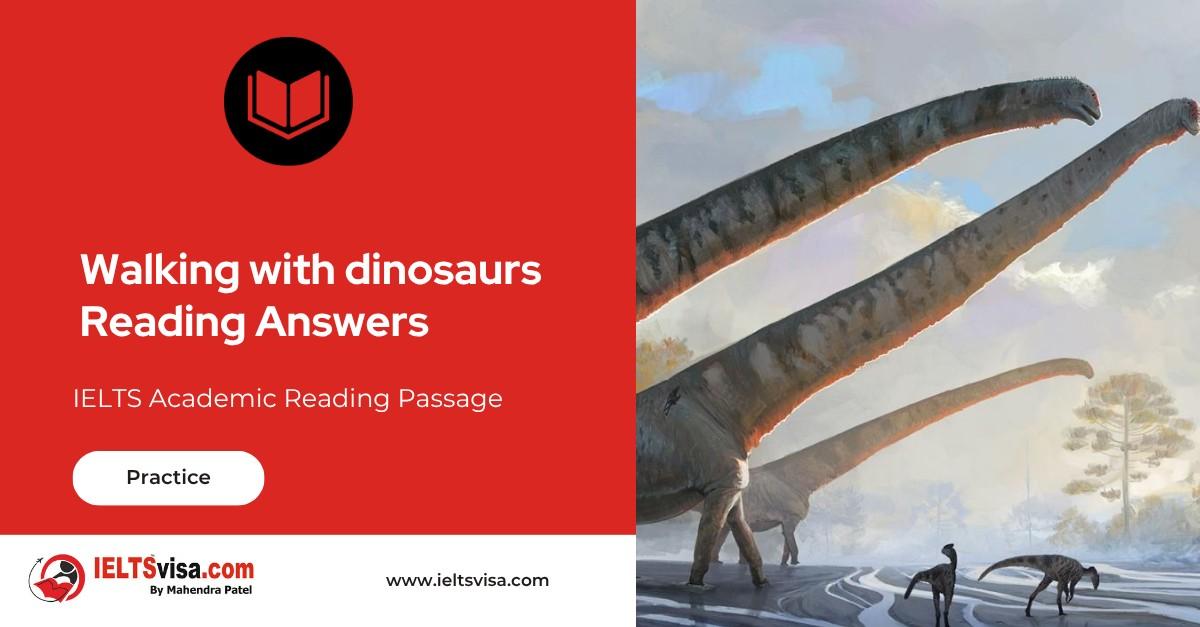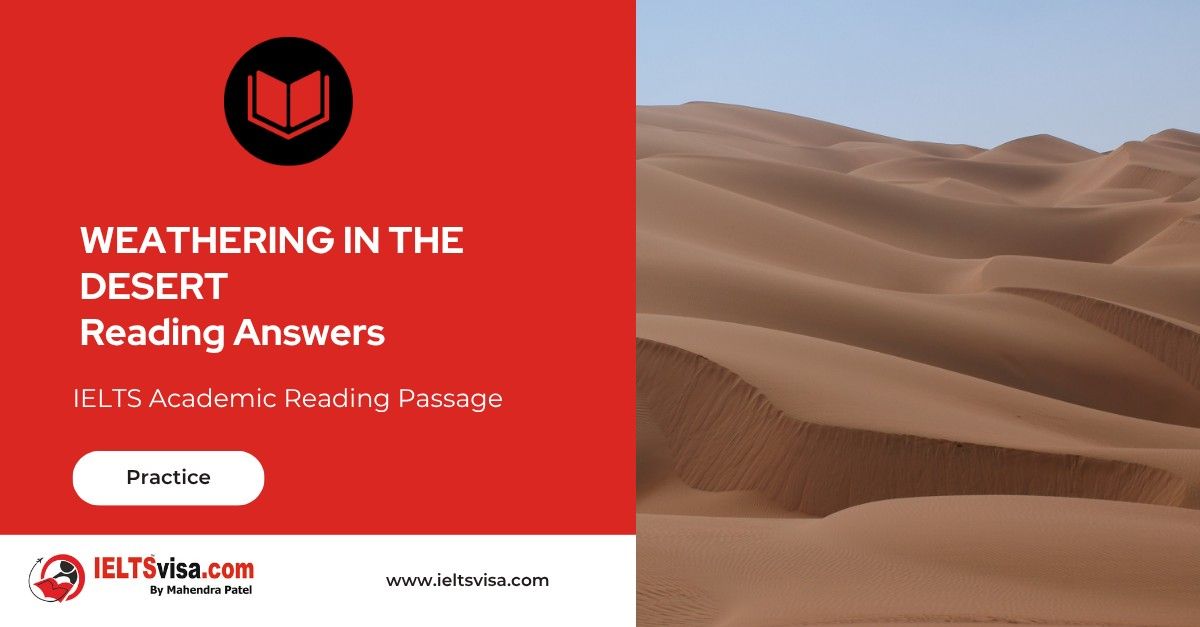Timekeeper 2 Invention Of Marine Chronometer Reading Answer
IELTS Academic Reading Passage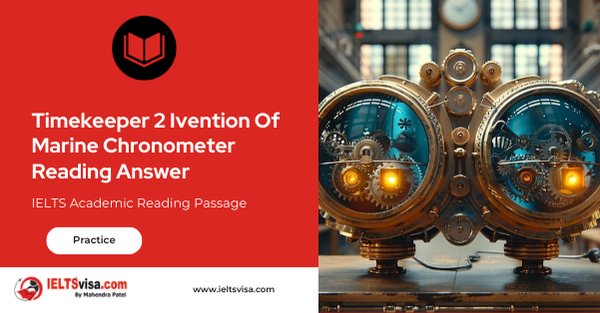
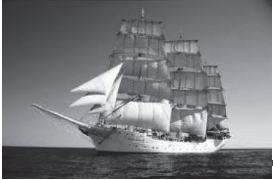
A.
It was, as Dava Sobel has described a phenomenon: ‘the greatest scientific problem of the age’. The reality was that in the 18th century no one had ever made a clock that could suffer the great rolling and pitching of a ship and the large changes in temperature whilst still keeping time accurately enough to be of any use. Indeed, most of the scientific community thought such clock impossibility. Knowing one’s position on the earth requires two very simple but essential coordinates; rather like using a street map where one thinks in terms of how far one is up/down and how far side to side.
B.
The longitude is a measure of how far around the world one has come from home and has no naturally occurring base line like the equator. The crew of a given ship was naturally only concerned with how far round they were from their own particular home base. Even when in the middle of the ocean, with no land in sight, knowing this longitude position is very simple in theory. The key to knowing how far around the world you are from home is to know, at that very moment, what time it is back home. A comparison with your local time (easily found by checking the position of the Sim) will then tell you the time difference between you and home, and thus how far round the Earth you are from home.
C.
Up until the middle of the 18th century, navigators had been unable to determine their position at sea with accuracy and they faced the huge attendant risks of shipwreck or running out of supplies before reaching then destination. The angular position of Moon and other bright stars was recorded in three-hour intervals of Greenwich Time. In order to determine longitude, sailors had to measure the angle between Moon centre and a given star – lunar distance – together with height of both planets using the naval sextant. The sailors also had to calculate the Moon’s position if seen form the centre of Earth. Time corresponding to Greenwich Time was determined using the nautical almanac. Then the difference between the obtained time and local time served for calculation in longitude from Greenwich. The great flaw in this ‘simple’ theory was – how does the sailor know time back home when he is in the middle of an ocean?
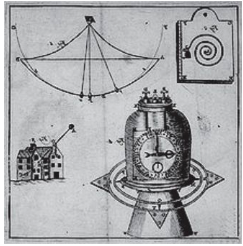
D.
The obvious and again simple answer is that he takes an accurate clock with him, which he sets to home time before leaving. All he has to do is keep it wound up and running, and he must never reset the hands throughout the voyage This clock then provides ‘home time’, so if, for example, it is midday on board your ship and your ‘home time’ clock says that at that same moment it is midnight at home, you know immediately there is a twelve hour time-difference and you must be exactly round the other side of the world, 180 degrees of longitude from home.
E.
After 1714 when the British government offered the huge sum of £20,000 for a solution to the problem, with the prize to be administered by die splendidly titled Board of Longitude. The Government prize of £20,000 was the highest of three sums on offer for varying degrees of accuracy, the full prize only payable for a method that could find the longitude at sea within half a degree. If the solution was to be by timekeeper (and there were other methods since the prize was offered for any solution to the problem), then the timekeeping required to achieve this goal would have to be within 2.8 seconds a day, a performance considered impossible for any clock at sea and unthinkable for a watch, even under the very best conditions.
F.
It was this prize, worth about £2 million today, which inspired the self-taught Yorkshfre carpenter, John Harrison, to attempt a design for a practical marine clock. During the latter part of his early career, he worked with his younger brother James. Their first major project was a revolutionary turret clock for the stables at Brocklesby Park, seat of the Pelham family. The clock was revolutionary because it required no lubrication. 18th century clock oils were uniformly poor and one of the major causes of failure in clocks of the period. Rather than concentrating on improvements to the oil, Harrison designed a clock which didn’t need it. In 1730 Harrison created a description and drawings for a proposed marine clock to compete for the Longitude Prize and went to London seeking financial assistance. He presented his ideas to Edmond Halley, the Astronomer Royal. Halley referred him to George Graham, the country’s foremost clockmaker. He must have been impressed by Harrison, for Graham personally loaned Harrison money to build a model of his marine clock. It took Harrison five years to build Harrison Number One or HI. He demonstrated it to members of the Royal Society who spoke on his behalf to the Board of Longitude. The clock was the first proposal that the Board considered to be worthy of a sea trial. In 1736,
G.
After several attempts to design a betterment of HI, Harrison believed that the ‘ solution to the longitude problem lay in an entirely different design. H4 is completely different from the other three timekeepers. It looks like a very large pocket watch. Harrison’s son William set sail for the West Indies, with H4, aboard the ship Deptford on 18 November 1761. It was a remarkable achievement but it would be some time before the Board of Longitude was sufficiently satisfied to award Harrison the prize.
H.
John Hadley, an English mathematician, developed sextant, who was a competitor of Harrison at that time for the luring prize. A sextant is an instrument used for measuring angles, for example between the sun and the horizon, so that the position of a ship or aeroplane can be calculated. Making this measurement is known as sighting the object, shooting the object, or taking a sight and it is an essential part of celestial navigation. The angle, and the time when it was measured, can be used to calculate a position line on a nautical or aeronautical chart. A sextant can also be used to measure the Lunar distance between the moon and another celestial object (e.g., star, planet) in order to determine Greenwich time which is important because it can then be used to determine the longitude.
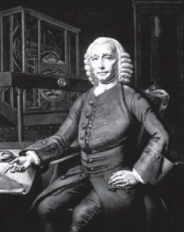
I.
The majority within this next generation of chronometer pioneers were English, but the story is by no means wholly that of English achievement. One French name, Pierre Le Roy of Paris, stands out as a major presence in the early history of the chronometer. Another great name in the story is that of the Lancastrian, Thomas Eamshaw, a slightly younger contemporary of John Arnold’s. It was Eamshaw who created the final form of chronometer escapement, the spring detent escapement, and finalized the format and the production system for the marine chronometer, making it truly an article of commerce, and a practical means of safer navigation at sea over the next century and half.
Questions 1-5
The reading Passage has ten paragraphs A-I.
Which paragraph contains the following information?
Write the correct letter A-I, in boxes 1-5 on your answer sheet.
NB: you may use any letter more than once
1. introduction of a millman under awards ___________
2. the definition of an important geographical term ___________
3. a rival against Harrison’s invention emerged ___________
4. problems of sailor encountered in identifying the position on the sea ___________
5. economic assist from another counterpart ___________
Questions 6-8
Do the following statements agree with the information given in Reading Passage 1 In boxes 6-8 on your answer sheet, write
YES if the statement is true
NO if the statement is false
NOT GIVEN if the formation is not given to the passage 1
6. ____________It is with no great effort by sailors to calculate the position when in the center of the ocean theoretically.
7. ____________To determine the longitude, a measurement of distance from moon to a given star is a must.
8. ____________In theory, by calculating the longitude degrees covered by a sail journey, the distance between the start and the end points can be obtained.
Questions 9-13
Summary
Complete the following summary of the paragraphs of Reading Passage 1, using no more than two words from the Reading Passage 1 for each answer.
Write your answers in boxes 9-13 on your answer sheet.
Hundred years ago, sailors tried to identify their time by checking the sun or stars, but the trouble was that they did need a reliable clock which showed time of ……9……. And the timekeeper required would be to precisely tell a tangible time lapse confined to ……10……
An extraordinary craftsman, Harrison, once created a novel clock which did not rely on …….11…… to work properly. Later on, competitive mode of ……12……. was another prominent device designed by Hadley, which calculated angle between sun and the earth. Base on Harrison’s effort, Earns haw eventually implement key components for ……13……., which had been used ever since.

Solution For: Timekeeper 2 Invention Of Marine Chronometer Reading Answer
1 F
2 B
3 H
4 C
5 F
6 Yes
7 No
8 Not given
9 Home
10 2.8s
11 Oil/Lubrication
12 Sextant
13 Marine Chronometer
Review and Practice
- Regularly practice with IELTS reading samples and time yourself to get used to the pressure of the exam.
- Review your mistakes to understand where you went wrong and how to avoid similar errors in the future.
Our Books
Master IELTS Speaking Part 1
IELTS Writing Task 1 Book
IELTS Writing Task 2 Book
Timekeeper 2 Invention Of Marine Chronometer Reading Answer Explanation
Comin Soon
Practice IELTS Other Modules
IELTS Listening
The IELTS Listening test assesses how well you can understand spoken English in various contexts. It lasts about 30 minutes and is divided into four sections with a total of 40 questions. The listening tasks become increasingly difficult as the test progresses.
IELTS Academic Reading
The IELTS Academic Reading section assesses your ability to understand and interpret a variety of texts in academic settings. It is designed to evaluate a range of reading skills, including skimming for gist, reading for main ideas, reading for detail, understanding inferences, and recognizing a writer's opinions and arguments.
IELTS Speaking
The IELTS Speaking test assesses your ability to communicate in English on everyday topics. It lasts 11-14 minutes and consists of three parts: introduction, cue card, and a discussion based on the cue card topic.
IELTS General Reading
IELTS General Reading tests your ability to understand and interpret various types of texts. Here are some key areas and types of content you can expect to encounter in the reading section, along with tips for effective preparation.
IELTS Academic Writing Task 1
In IELTS Academic Writing Task 1, you are presented with a visual representation of information, such as graphs, charts, tables, or diagrams, and you are required to summarize, compare, or explain the data in your own words.
IELTS General Writing Task 1
In IELTS General Writing Task 1, you are required to write a letter based on a given situation. The letter can be formal, semi-formal, or informal, depending on the prompt. Here’s a breakdown of the key components to include in your letter
IELTS Academic Writing Task 2
In IELTS Academic Writing Task 2, you are required to write an essay in response to a question or topic. Here’s a guide to help you understand the essential elements of this task
IELTS Exam Tips
To succeed in the IELTS exam, practice regularly, familiarize yourself with the test format, improve your vocabulary, develop time management skills, and take mock tests to build confidence.
Grammer for IELTS
Grammar is the foundation of effective communication in English. Understanding tense usage, subject-verb agreement, and sentence structure enhances clarity and coherence in writing and speaking.
Vocabulary for IELTS
Vocabulary plays a crucial role in the IELTS (International English Language Testing System) exam, especially in the Speaking and Writing sections. Here’s an overview of why vocabulary is important and how it impacts your performance
RECENT IELTS SAMPLES QUESTIONS AND ANSWERS
Walking with dinosaurs
Peter L. Falkingham and his colleagues at Manchester University are developing techniques that...
Money as the Unit of Amount Reading Answers
The most difficult aspect of money to understand is its function as a unit of account. In...
WEATHERING IN THE DESERT
In the deserts, as elsewhere, rocks at the earth's surface are changed by weathering, which...
Nature on Display in American Zoos
The first zoo in the United States opened in Philadelphia in 1874, followed by the Cincinnati...
Can We Prevent the Poles From Melting
Such is our dependence on fossil fuels, and such is the volume of carbon dioxide we have...
Air conditioning the earth reading answers
The circulation of air in the atmosphere is activated by convection, the transference of heat...

